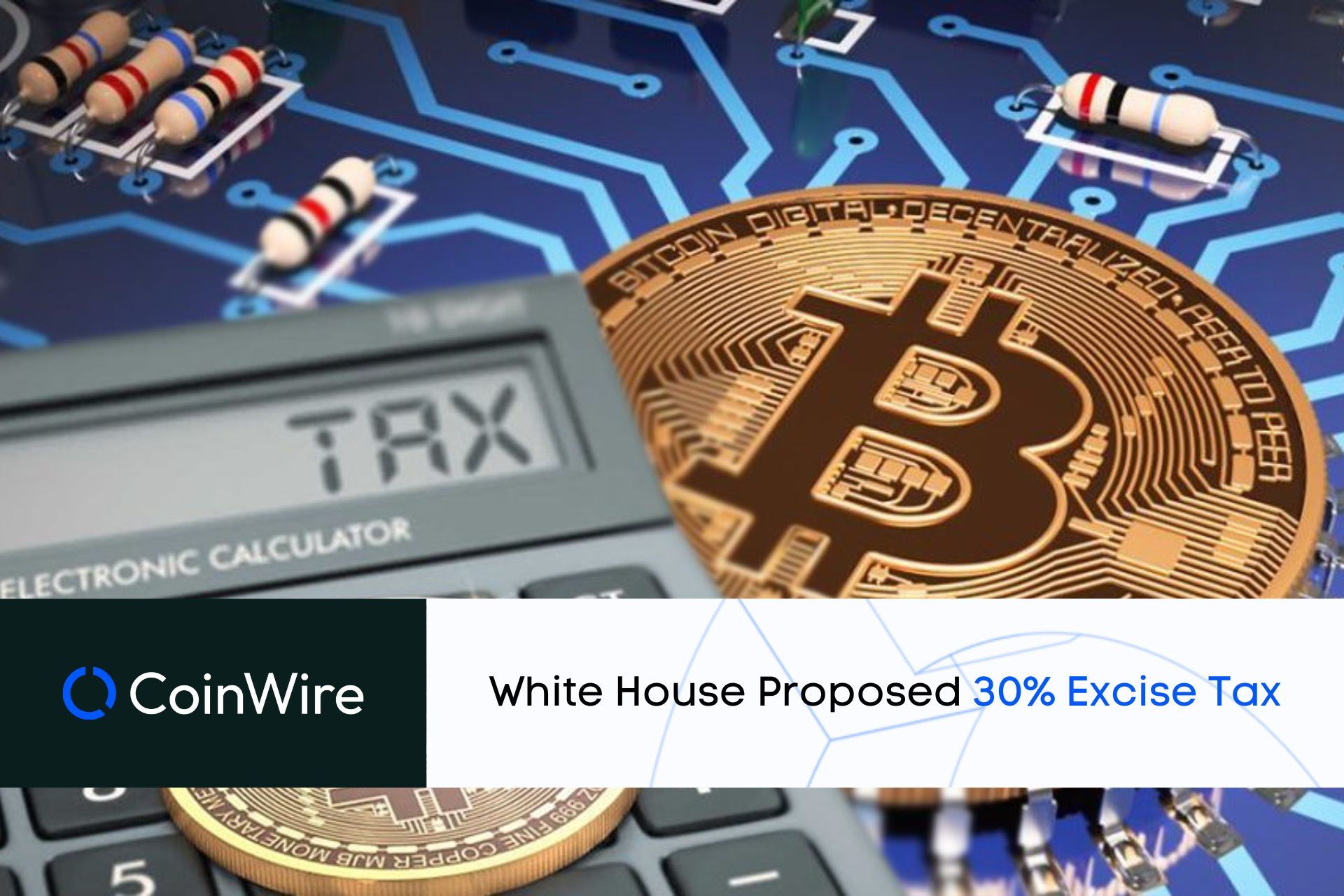Earlier this week, the White House produced a report that purportedly focused on the proposed 30% excise tax on bitcoin mining operations. Furthermore, the current administration has stated that limiting miners’ profits is in the best interests of American communities and the environment.
The White House report also noted that companies do not always have to pay for the entire cost they impose on others and that the proposed tax “encourages firms to start taking better account of the harms they impose on society.”
The White House’s proposed excise tax will supposedly affect digital asset miners beginning in 2024. Furthermore, any such company would be required to pay Uncle Sam a tax based on their associated electricity costs, which would begin at 10% and gradually increase each year until it reached 30%.
It is also worth mentioning that the tax was incorporated in the White House’s 2024 budget, which calculated that it might assist the government cut its deficit by $74 million in the first year. That meant it could potentially grow to $444 million by the fiscal year 2033.
An Overview of DAME – Excise Tax Proposal

The White House’s latest proposed excise tax would be known officially as the Digital Asset Mining Energy (DAME) tax. This is said to apply equally to digital asset miners who make money by confirming transactions on proof-of-work networks like Bitcoin as well as proof-of-stake networks like Ethereum.
This occurs despite widely varying amounts of energy consumption. Furthermore, according to the White House report, crypto miners in the United States will consume approximately 50,000 gigatonnes of electricity in 2022 between Bitcoin and Ethereum. This estimate is nearly as high as televisions and significantly higher than personal PCs.
In order to estimate the aforementioned numbers, the White House chose to start with global estimates of the amount of computing power used for mining cryptocurrencies and then separated out a representative portion for Bitcoin and Ethereum operations based in the US.
The proposed tax would also force digital asset miners to report the quantity of electricity they use, where it comes from (whether it comes from renewable sources or not), and its associated cost. This also holds true for power produced outside the grid, such as by converting natural gas that would otherwise be squandered.
Lingering Concerns

The planned excise tax continues to be criticized by Brian Quintenz, Head of Policy at 16z’s, an investment firm, who has drawn attention to the levy’s emphasis on electricity rather than carbon emissions. And to top it off, he said, “If the government doesn’t like how you use the energy, you’ll be penalized.” He posted this on Twitter, saying, “So, apparently it doesn’t matter where the electricity comes from.”
In addition to voicing worries about the environment, the administration asserted that the pollution caused by digital asset mining, which also raises the price of renewable energy, unfairly affects communities of color.






